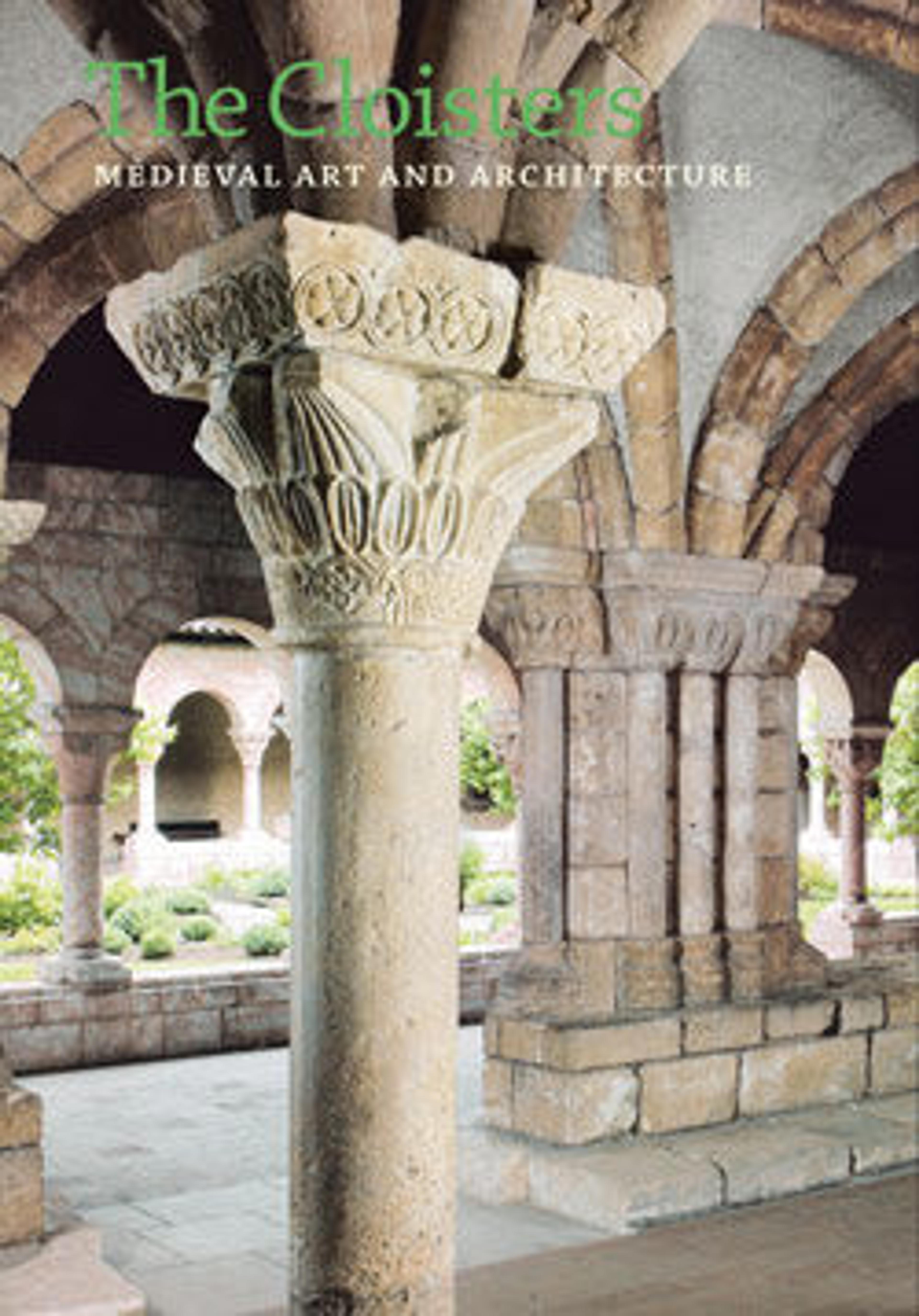Embroidered Hanging
Medieval theology often interpreted episodes from Hebrew scripture as prefigurations of events in the New Testament. The Sacrifice of Isaac, for example, was seen as an allusion to the Crucifixion. The present embroidery likely had a pendant depicting scenes from the life of Christ. The presence of saints venerated especially in Hildesheim, such as Epiphanius, Bernward, and Godehard, supports an attribution to a convent in the vicinity. The coats of arms are those of the landgrave of Hesse and the house of Lichtfuss.
Artwork Details
- Title: Embroidered Hanging
- Date: late 14th century
- Geography: Made in probably Hildesheim, Lower Saxony, Germany
- Culture: German
- Medium: Silk on linen, painted inscriptions
- Dimensions: 63 x 62 1/2 in. (160 x 158.8 cm)
- Classification: Textiles-Embroidered
- Credit Line: Gift of Mrs. W. Murray Crane, 1969
- Object Number: 69.106
- Curatorial Department: Medieval Art and The Cloisters
More Artwork
Research Resources
The Met provides unparalleled resources for research and welcomes an international community of students and scholars. The Met's Open Access API is where creators and researchers can connect to the The Met collection. Open Access data and public domain images are available for unrestricted commercial and noncommercial use without permission or fee.
To request images under copyright and other restrictions, please use this Image Request form.
Feedback
We continue to research and examine historical and cultural context for objects in The Met collection. If you have comments or questions about this object record, please contact us using the form below. The Museum looks forward to receiving your comments.
